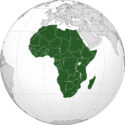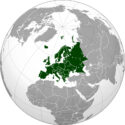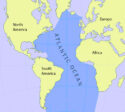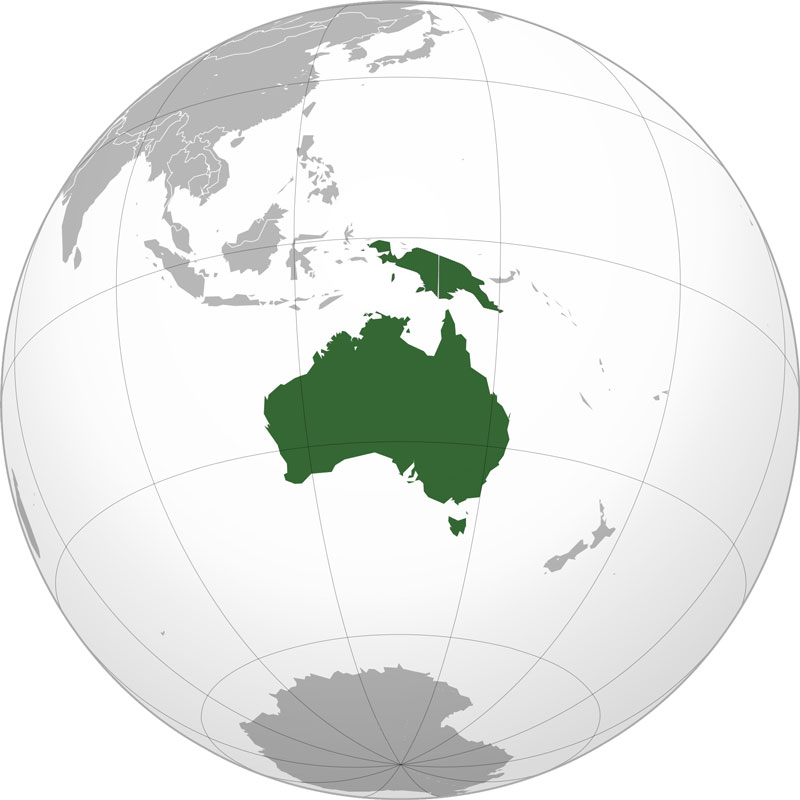 Australia is the smallest continent and is a part of a large geographic region called Oceania. It is isolated from other continents and is surrounded by Ocean. Australia’s west is bordered by the Indian Ocean and its east is bordered by the Pacific Ocean. There are several nearby islands countries to Australia, some of which are New Zealand, Indonesia, and East Timor.
Australia is the smallest continent and is a part of a large geographic region called Oceania. It is isolated from other continents and is surrounded by Ocean. Australia’s west is bordered by the Indian Ocean and its east is bordered by the Pacific Ocean. There are several nearby islands countries to Australia, some of which are New Zealand, Indonesia, and East Timor.
Geography
Australia is a unique continent due to its diversity in geographical features and climate. It covers an area of 7.7 million Km2 – which is roughly 1.5% of Earth’s total surface area. This is the smallest continent by area and 6th largest continent by population. It has 25,000 kilometers of coastline which is populated by a variety of marine creatures. Furthermore, this continent also has deserts, mountain ranges, plains, and coastal areas.
Land Features
The continental terrain of Australia has a wide range of features and natural beautiful places. Here are some of the famous land features.
Great Dividing Range
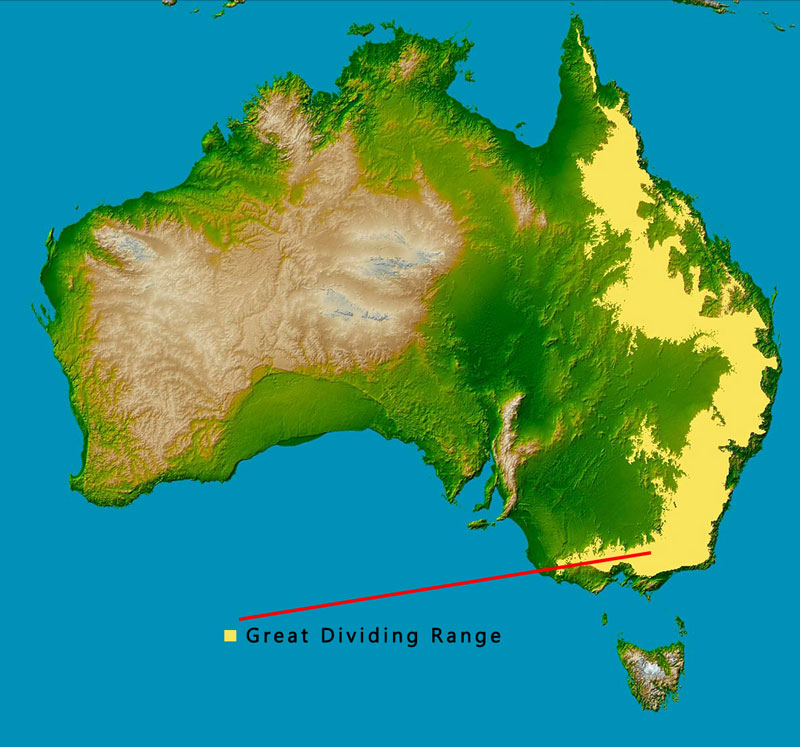 It is the mountain range that is spread over 3,500 kilometers of the eastern coast. This mountain range has a lot of influence on the climate and rainfall patterns in eastern regions. It is also the nurturing ground of a unique fauna and flora.
It is the mountain range that is spread over 3,500 kilometers of the eastern coast. This mountain range has a lot of influence on the climate and rainfall patterns in eastern regions. It is also the nurturing ground of a unique fauna and flora.
Australian Outback
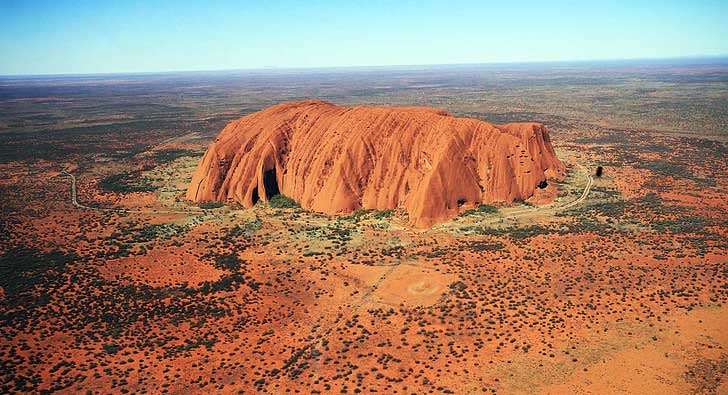 It is a vast open area with an arid climate and many rock formations. Due to the iconic reddish-colored environment, it is often called the “Red Centre”. The human population in this vast area is very sparse – only 12,500 people were living in 2023. But this region has many social and belief values for the natives.
It is a vast open area with an arid climate and many rock formations. Due to the iconic reddish-colored environment, it is often called the “Red Centre”. The human population in this vast area is very sparse – only 12,500 people were living in 2023. But this region has many social and belief values for the natives.
The Great Barrier Reef
 It is one of the UNESCO World Heritage Sites located on Australia’s northeast coast. This natural wonder is famous for a variety of marine life ecosystems and coral formations. The Great Barrier Reef stretches from Australia and spreads over an area of 348,700 km² in the ocean.
It is one of the UNESCO World Heritage Sites located on Australia’s northeast coast. This natural wonder is famous for a variety of marine life ecosystems and coral formations. The Great Barrier Reef stretches from Australia and spreads over an area of 348,700 km² in the ocean.
Climate
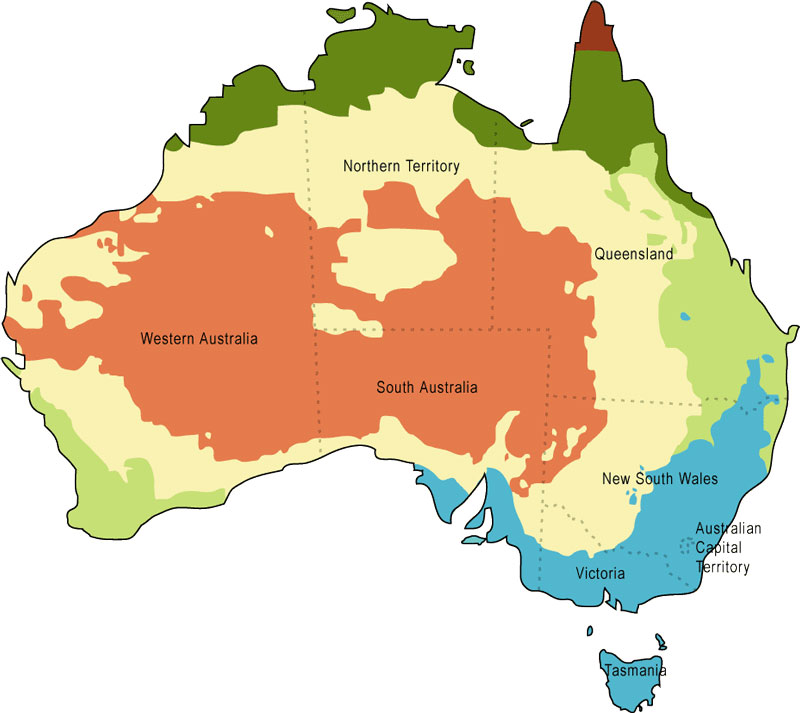 Australia experiences a range of climates in its different parts due to its large size and diverse topography.
Australia experiences a range of climates in its different parts due to its large size and diverse topography.
- Tropical Climate – Australia’s northern regions have mostly tropical climates – which means hot temperatures and definite dry and wet seasons.
- Temperate Climate – Southern Australian regions have temperate climates. These regions experience all four seasons and have milder temperatures.
- Arid Climate – Central Australia has a large desert area and has an arid climate. In this region, temperatures are hot, and low rainfall.
People and Cultures
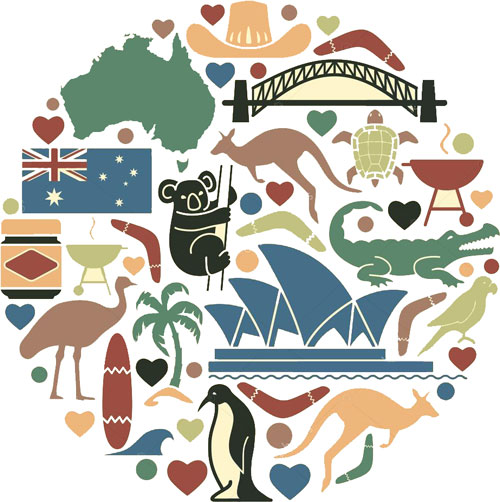 Australia has a rich cultural and art diversity. The main cause of diversity in this isolated continent is due to the mixture of natives, immigrant influences, and multicultural ethos. Today’s Australia is shaped mostly by immigrants arriving from different parts of the Earth. The most significant influences were created during European colonization in the 18th century.
Australia has a rich cultural and art diversity. The main cause of diversity in this isolated continent is due to the mixture of natives, immigrant influences, and multicultural ethos. Today’s Australia is shaped mostly by immigrants arriving from different parts of the Earth. The most significant influences were created during European colonization in the 18th century.
Australia’s diverse population has made it a linguistic tapestry – more than 400 languages are spoken. However, the most dominant language is English but efforts are being carried out to preserve the indigenous language. Religiously, Australia is home to all the major religions with Christianity being the most dominant religion. Other religions practiced in Australia are Islam, Buddhism, Hinduism, and Sikhism.
Most of the population in Australia is concentrated in urban areas close to the eastern and southern coastline. The most populated cities are Sydney, Melbourne, Brisbane, and Perth. However, rural areas also play an important role in the economy of Australia in the field of agriculture.
Facts
- Australia’s 90% population lives in cities that are located near its shores due to large deserts in central Australia.
- 80% of the animals in Australia are unique to it and are not found in other parts of the world.
- Tasmania Island – located near Australia’s mainland – has the cleanest air on the Earth.


